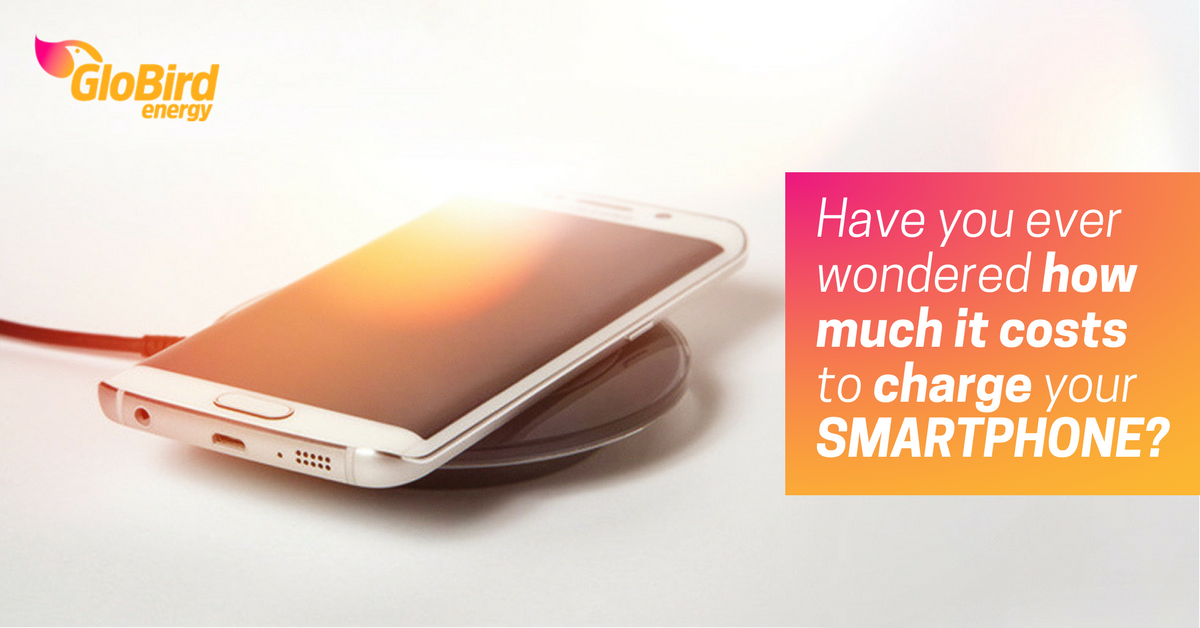Our energy usage – individually, as households, and as a community – is changing all the time.
On the one hand, we have more things plugged in for longer than ever before, but at the same time, most new appliances are far more energy-efficient than older ones.
We still use lights, heating, refrigeration, cooking appliances, and even televisions, much as we have for years, but more homes now also have air-conditioners, dishwashers, washing machines, and dryers, not to mention security systems, entertainment systems, pool filters, routers, computers, and handheld devices that need daily charging.
It’s a lot to keep track of, so most of us don’t. We just look at the electricity bill, think about maybe cutting back a little on how much we use, then get on with our lives.
How can I monitor my usage?
There are three ways you can measure how much electricity your “discretionary” devices and appliances use, if you want to try to manage them better.
1. The first is the more general, simple way.
- Pick a convenient time of day to switch off all non-essential appliances.
- Take a meter reading.
- Don’t use any non-essential items for the next 24 hours (be sure to switch off lights when you don’t need them).
- Read the meter again after 24 hours.
- Subtract the first reading value from the second to find out what your daily “base” usage is.
- Repeat this process over another 24-hour period, but this time just use everything you normally use to find out what a “regular” day is like at your place.
- Subtract the value of your “base” day’s consumption from your “regular” daily usage value to see how much of your electricity consumption is discretionary.
2. The second way involves a small initial outlay, but can offer comprehensive and ongoing results.
There are a number of monitoring devices and online apps, such as this Efergy Engage Hub*, which include a transmitter that you plug in to your meter to let you monitor your energy consumption on your computer, tablet, or smartphone.
The great advantage of something like this is the “historical” data that allows you to monitor trends over time. This is ideal if you want to change your behaviour and see a graphical representation of any difference that makes.
3. The third way is more fiddly and takes longer, but gives you figures for usage of individual appliances.
A plug-in power meter like this one* measures and displays the electricity consumption and operating cost of any plug-in appliance or device.
You can monitor a single appliance over a period of time – hours, days or weeks – or plug it in with any device or appliance for an hour, and note how much it costs to use that particular thing for an hour. If you do that, you’ll know that if you use that device for five hours, it will cost about five times the hourly cost.
Check with your local library
Did you know that you might be able to borrow a home energy monitoring kit from your local library?
So … how much does it cost to charge a smartphone?
If you fully drain and recharge your smartphone every day for a year, the total amount of electricity you would need for those 365 charges is about 2kWh.
So, let’s say each kWh costs you 32 cents (an average), that’s around 60 cents a year!
A tablet on the other hand will cost you a whopping $6.50 a year (again, based on one full charge per day).
Maybe now you won’t feel too guilty if you “bum” a charge from someone else’s powerpoint!
*Please note GloBird Energy is not recommending this device, but has identified it as a good example of what is available. We suggest that you do your own due diligence before deciding on a device that’s appropriate to your needs.
